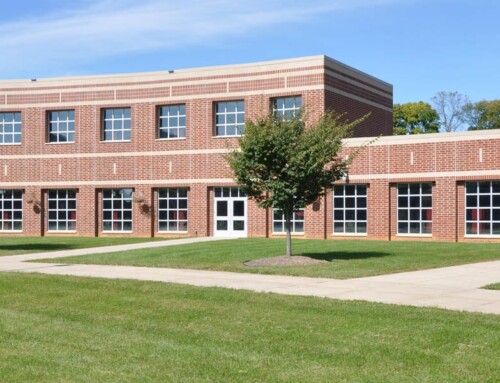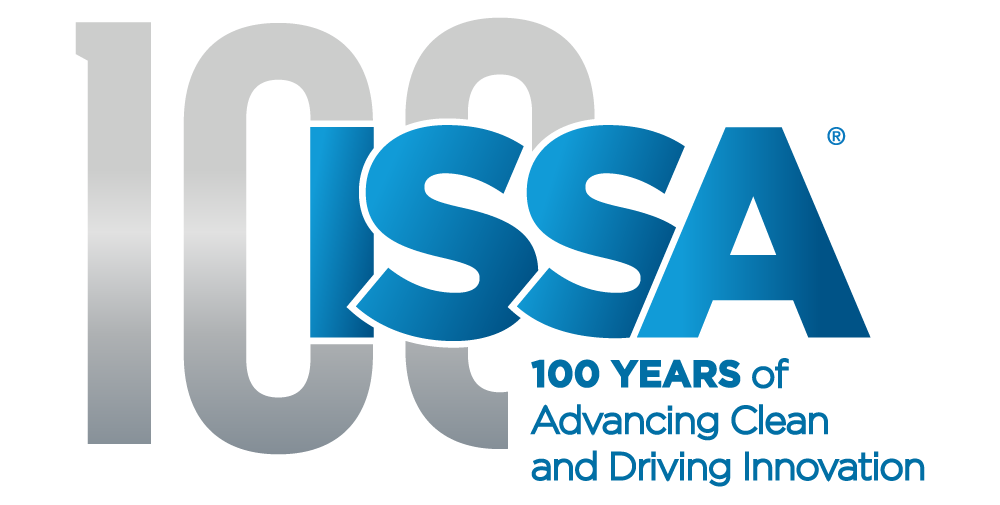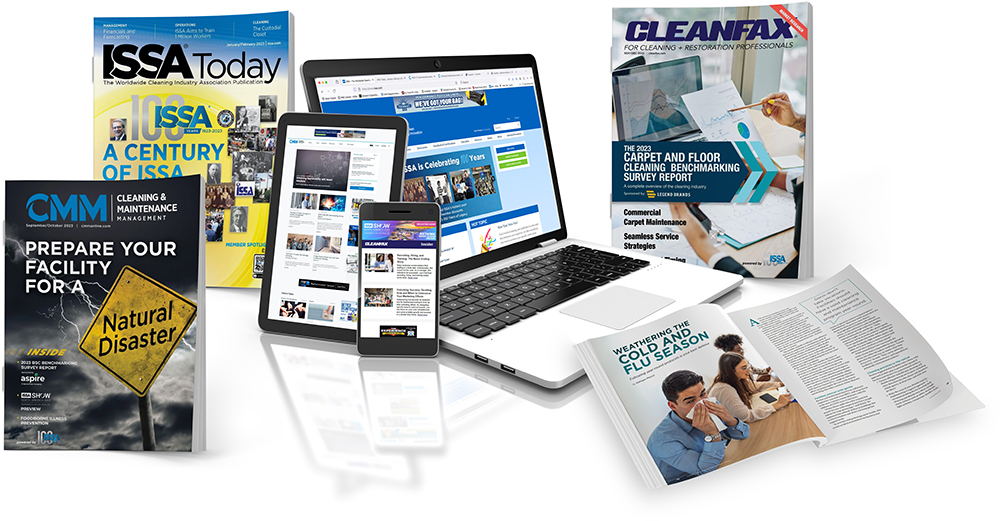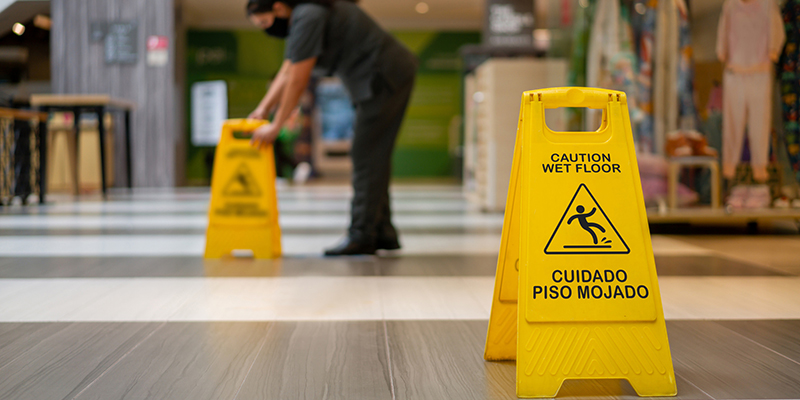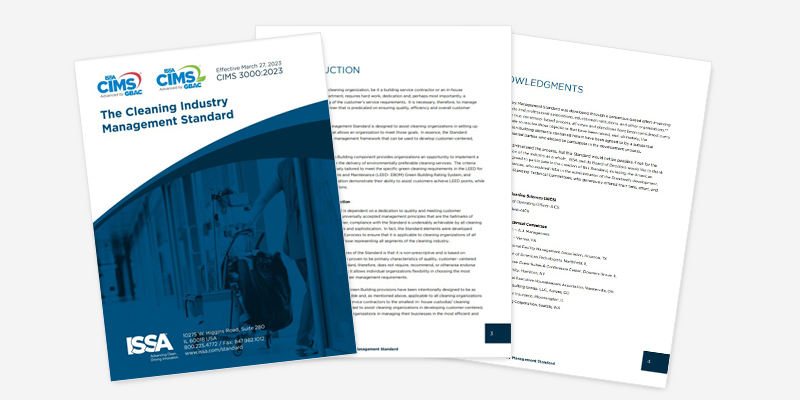Food Safety and Sanitation in Food Establishments
A restaurant’s success isn’t just about great food—it’s about maintaining a sanitary space where food safety and cleanliness work together to protect guests and staff. Whether in a fast-paced restaurant kitchen or a large food preparation facility, the intersection of food safety and sanitation plays a crucial role in maintaining a hygienic space, ensuring consumer health, and complying with regulatory standards.
While food safety focuses on practices that prevent contamination and foodborne illnesses, sanitation ensures that the environment where food is handled remains clean and free from harmful pathogens. These two pillars work hand in hand, reinforcing one another to create safe dining experiences for customers while protecting workers and maintaining the integrity of food service operations.
Given the complexity of food safety regulations and sanitation protocols, it’s essential to make compliance simple, straightforward, and easy to implement. The easier it is for staff to follow these protocols correctly, the more effective they will be in preventing risks.
Understanding food safety vs. sanitation
Food safety: At its core, food safety is a discipline designed to ensure that food remains safe for consumption. It encompasses practices that prevent hazards, such as:
- Biological contaminants, including bacteria, viruses, and molds.
- Chemical contaminants, including pesticides and cleaning agents.
- Physical hazards, including foreign objects like glass, metal, and hair.
- Allergens, including peanuts, milk, eggs, and shellfish.
These hazards can enter food due to poor handling, improper cooking, or cross-contamination during preparation.
Sanitation: On the other hand, sanitation focuses on keeping food contact surfaces, utensils, and high-touch areas free from pathogens. A well-maintained kitchen environment prevents the proliferation of harmful bacteria, thereby reducing the risk of contamination.
When both food safety and sanitation measures are implemented and rigorously followed, they collectively minimize risks and enhance overall cleanliness in food facilities. And by simplifying sanitation procedures—such as using pre-measured cleaning solutions or single-use disposable wipes—food establishments can ensure consistency and effectiveness without adding complexity to their daily routines.
The dangers of neglecting sanitation and food safety
Failure to adhere to strict sanitation and food safety protocols can lead to grave consequences, including foodborne illnesses and public health risks.
Microbial contamination: Pathogens pose a serious threat in food preparation areas, as they can thrive in unsanitary conditions and lead to wider spread if not responsibly managed. Bacteria such as Listeria can survive even in extremely cold environments, making it essential to clean and sanitize areas where food is stored. Cutting boards, countertops, and utensils must be thoroughly cleaned between uses to prevent the spread of bacteria from one ingredient to another.
Chemical contamination: Improper handling of cleaning agents and food preparation areas can lead to chemical exposure, which can be harmful if not managed correctly. Food preparation and chemical storage areas must be kept separate to avoid accidental contamination.
Cross-contamination risks: Cross-contamination occurs when bacteria from one food item or area spread to another, either through improper storage or handling. Using disposable wipes can significantly reduce the risk of cross-contamination by providing a simple, effective method to clean surfaces without transferring bacteria through reusable cloths.
Best practices for a safer kitchen and food establishment
Maintaining a safe kitchen and food environment requires proper training, compliance, and effective hygiene practices.
- Staff training and hygiene: Food handlers must be trained not only in personal hygiene but also in food handling practices that prevent contamination. Staff should be required to:
- Wash your hands frequently.
- Follow proper food storage and preparation guidelines.
- Stay home when experiencing symptoms of illness.
- Maintain a clean environment by implementing proper protocols.
Managers play a vital role in motivating their teams to prioritize cleanliness by providing them with the right tools and fostering a culture of food safety awareness. Retraining and continuous learning are crucial as regulations evolve and new challenges, such as foodborne illness outbreaks, emerge. Staying informed allows operators to proactively adjust their safety protocols, ensuring their practices remain compliant and effective. Regularly updating training materials and reinforcing best practices help staff stay engaged and confident in their responsibilities.
In addition, providing staff with simplified training materials and easy-to-use sanitation tools ensures compliance without confusion. When procedures are clear, employees are more likely to follow them correctly.
- Cleaning and sanitizing surfaces correctly
Many operators mistakenly assume wiping a surface with sanitizer alone is enough, but cleaning must come first. A surface should be wiped down to remove debris before sanitizing to ensure proper microbial reduction. Using high-quality, effective cleaning and sanitizing products ensures that harmful bacteria and pathogens are eliminated, preventing cross-contamination.
- The role of disposable wipes
Traditional cleaning methods involving reusable cloths and buckets introduce risks associated with human error and cross-contamination. Disposable wipes eliminate mixing and measuring mistakes, ensuring the right level of active ingredients is applied consistently. They offer simplicity, efficiency, and effectiveness in maintaining a safe and clean environment.
Disposable wipes are also particularly well-suited for smaller food preparation environments where access to water may be limited, such as in mobile food trucks.
- High-touch surface maintenance
Beyond food contact areas, it’s essential to regularly clean high-touch surfaces that can spread bacteria, including some items and areas that might be overlooked, such as:
- Cooler and fryer door handles
- Ice maker area and scoops
- Kitchen registers and time clocks
- Condiment shakers and utensil handles
- Entry and exit doors between food prep areas.
These areas are often disregarded but play a critical role in maintaining a hygienic environment.
Benefits of prioritizing food safety and sanitation
Food safety and sanitation practices offer benefits that extend beyond regulatory compliance—they enhance customer trust, protect brand reputation, and foster business profitability.
Protecting public health: Restaurants and food preparation facilities have a responsibility to prevent foodborne illnesses, which can lead to severe health consequences. Prioritizing sanitation and the right protocols safeguard both guests and employees.
Strengthening brand reputation: Cleanliness plays a direct role in customer perception. No matter how great the food tastes, poor sanitation, such as an unclean dining room or restroom, can drive customers away. On the other hand, a well-maintained facility fosters trust and loyalty, encouraging repeat business. Making hygiene practices clear, visual, and effortless for employees ensures a consistently clean environment that builds customer confidence.
Reducing regulatory scrutiny: Restaurants with strong compliance and sanitation procedures are less likely to receive health violations during inspections. Having clear sanitation protocols in place minimizes risks and ensures smooth operational practices.
The future of food safety practices
Given the challenges of labor shortages and rising costs, food operators are increasingly seeking efficient sanitation solutions to streamline their operations.
Traditional rag-and-bucket sanitation methods have been used for years, but with evolving food safety concerns, disposable wipes are becoming a more relevant and effective alternative. They provide:
- Faster, easier application
- Less risk of cross-contamination
- No human error from mixing solutions incorrectly.
As the food industry continues to evolve, embracing new sanitation technologies and best practices will remain essential to keeping food establishments clean, safe, and compliant. By implementing these measures, food operators can ensure that they provide a safe dining experience for their guests, protect public health, and uphold the highest hygiene standards in their establishments.
For more information on food safety and sanitation practices and resources, visit the Sani Professional website.
Esperanza Carrion is the vice president and general manager of Sani Professional, the food safety division of Professional Disposables International (PDI) Inc., a global leader in infection prevention.




